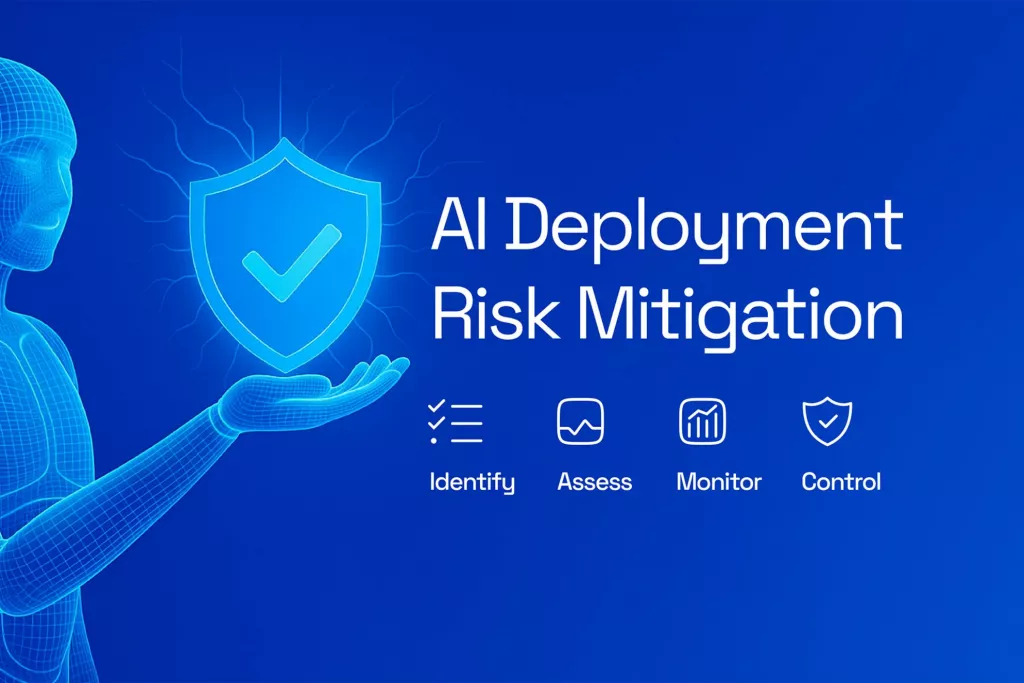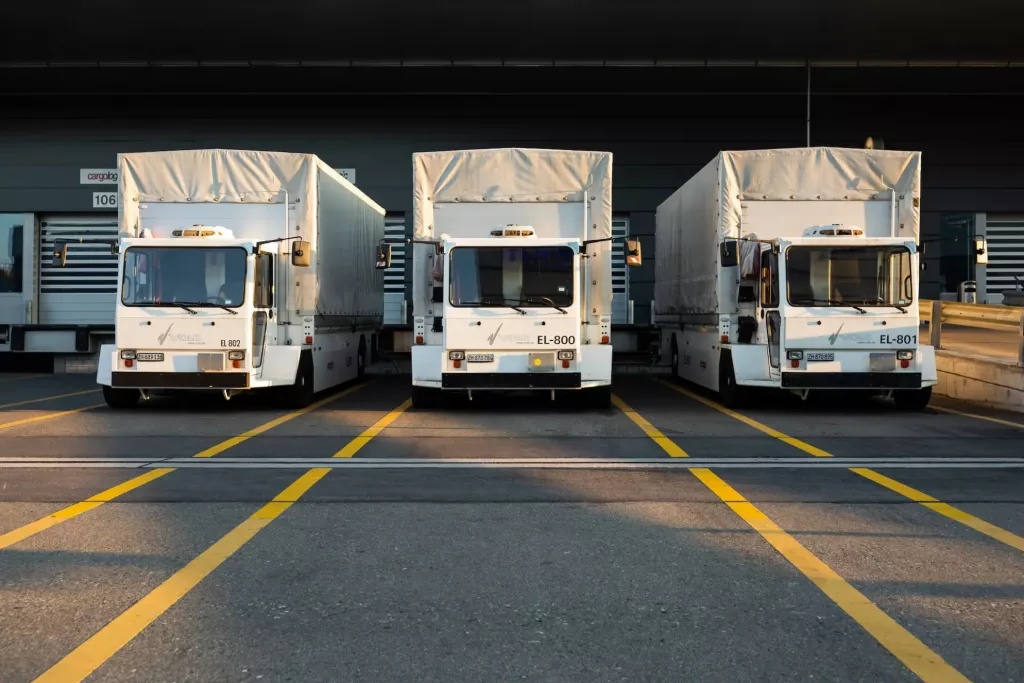
1. Intelligent ticketing systems
One of the foremost advantages of digitalization in public transit is the introduction of intelligent ticketing systems. Gone are the days of paper tickets and long queues. Commuters can now effortlessly access and pay for their tickets using digital platforms, such as mobile apps or contactless cards. This not only streamlines the boarding process but also reduces the environmental impact associated with traditional ticketing methods. Digital ticketing ensures a quicker and more convenient experience for passengers, contributing to increased satisfaction and ridership.
2. Real-time tracking and monitoring
Real-time tracking and monitoring have become indispensable tools in the digital transformation of public transportation. GPS technology and data analytics enable travelers to track the real-time location of buses, trains, or other modes of transport. This information empowers passengers to plan their journeys more efficiently, reducing waiting times and providing a sense of control over their commute. For transit authorities, real-time data facilitates better operational management, allowing for timely adjustments and improvements in service reliability.
3. Predictive maintenance
Predictive maintenance is another boon of digitalization in public transit. Advanced sensors and data analytics enable operators to predict and address maintenance issues before they escalate, minimizing service disruptions and ensuring the safety of passengers. This proactive approach not only extends the lifespan of vehicles and infrastructure but also contributes to cost savings for transit agencies. Ultimately, predictive maintenance enhances the reliability of public transportation services, fostering trust among travelers.
It is clear that the advantages of digitalization in public transportation extend beyond convenience, positively impacting efficiency, sustainability, and the overall traveler experience. As technology continues to advance, the fusion of digital innovations with public transportation promises a future where commuting is not only seamless but also environmentally conscious and passenger-centric.



